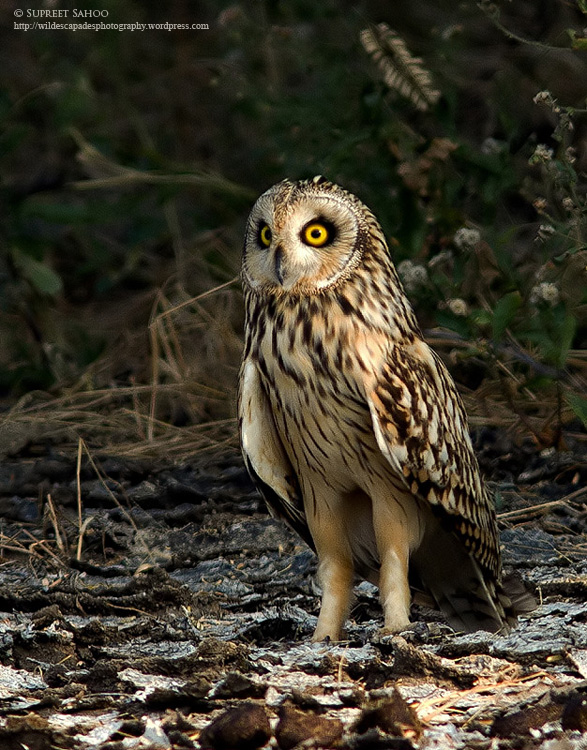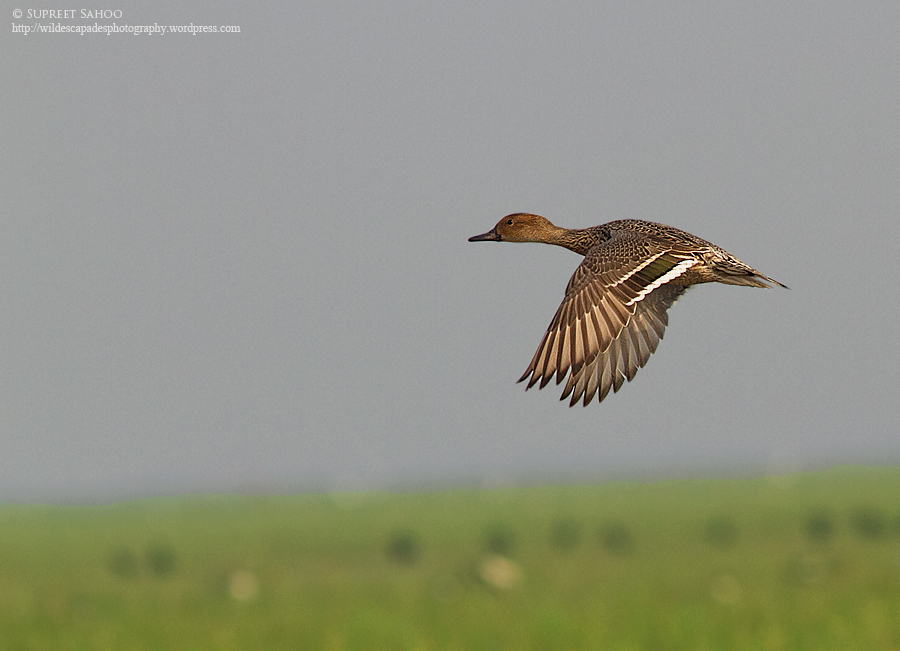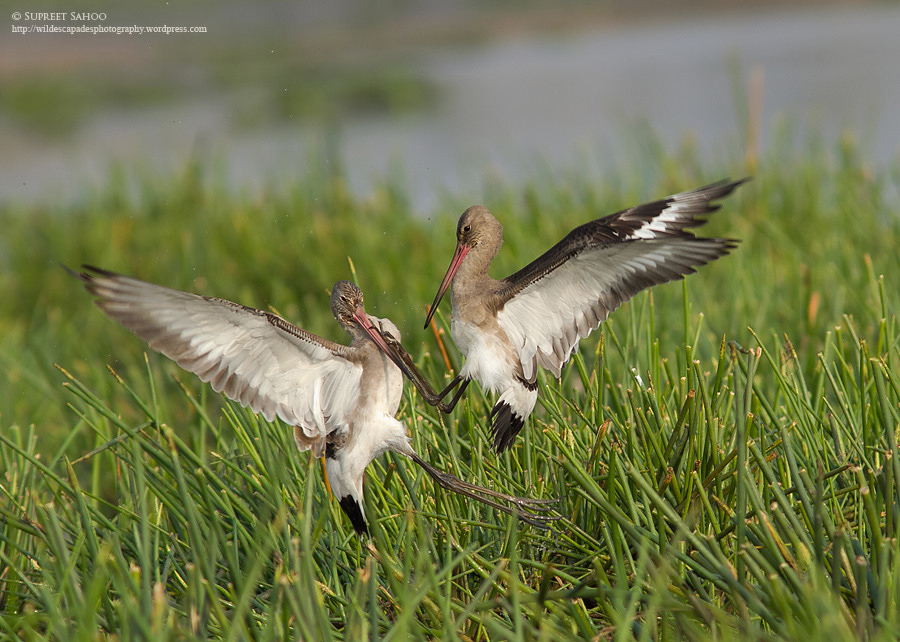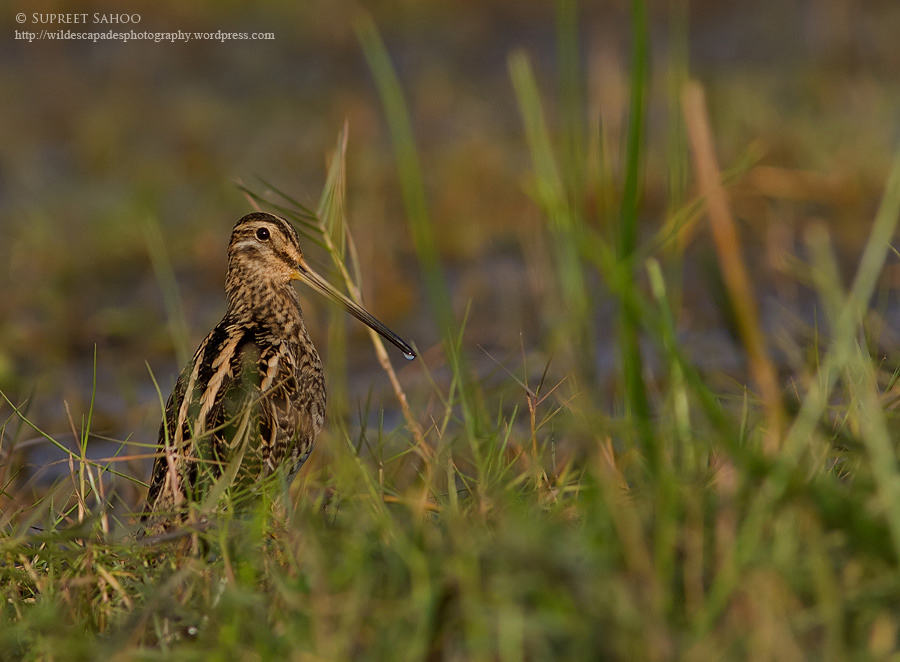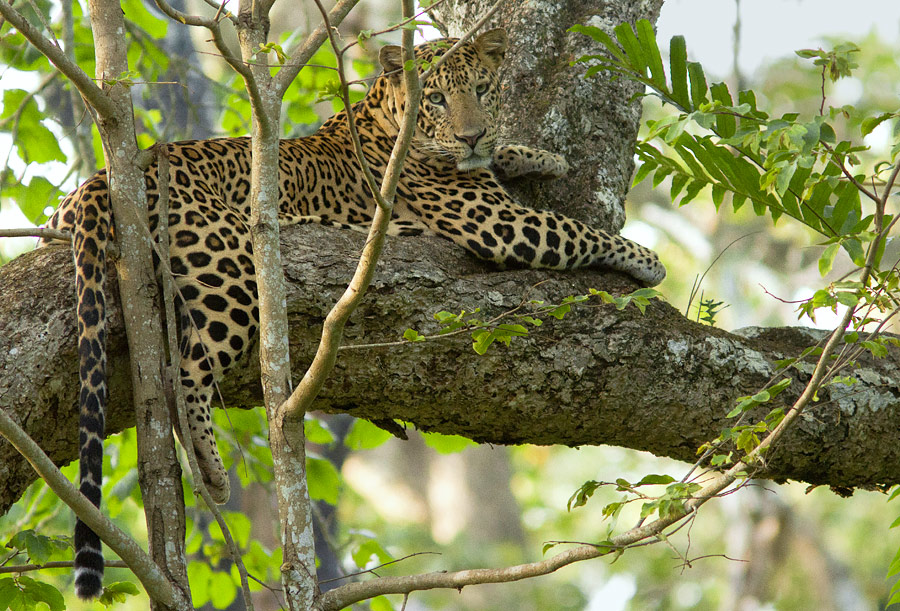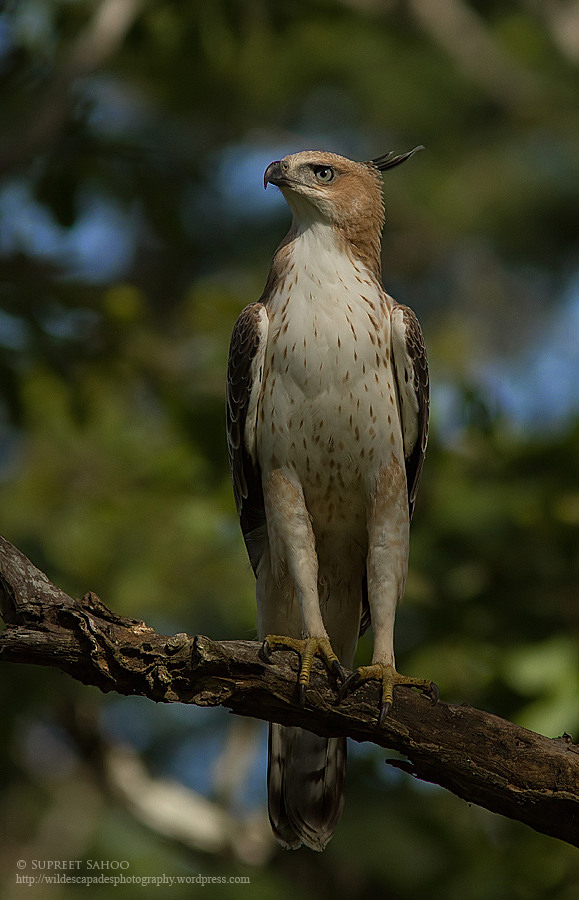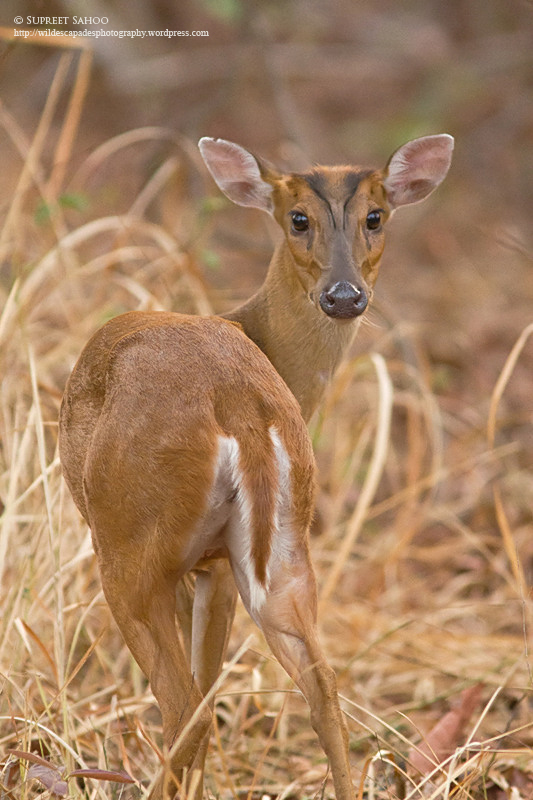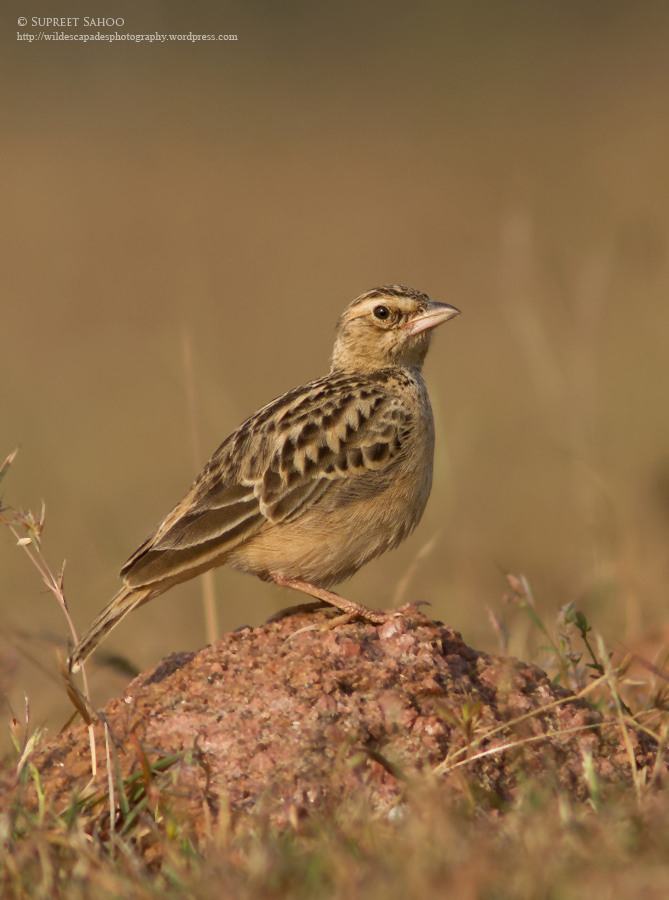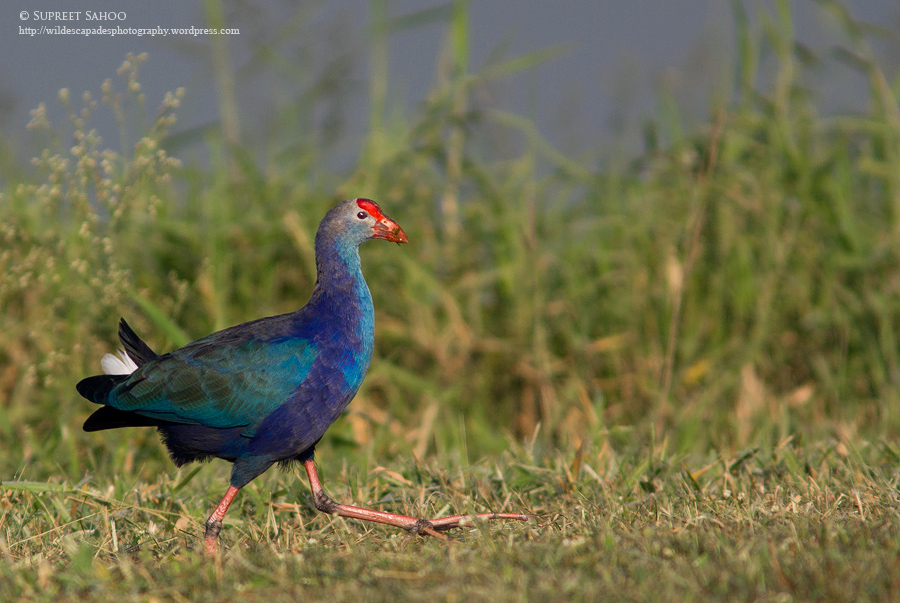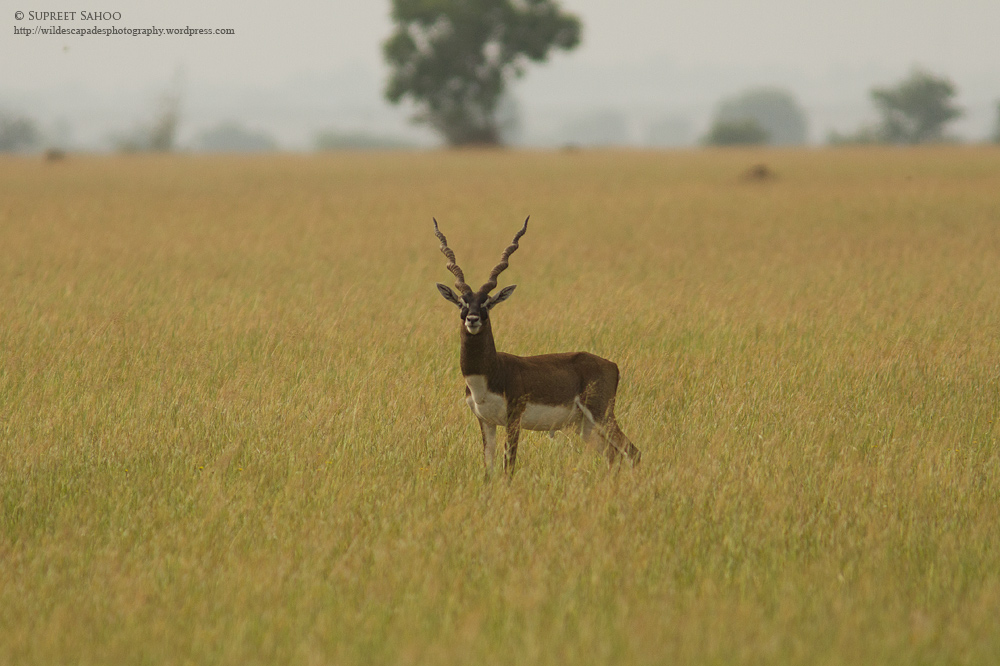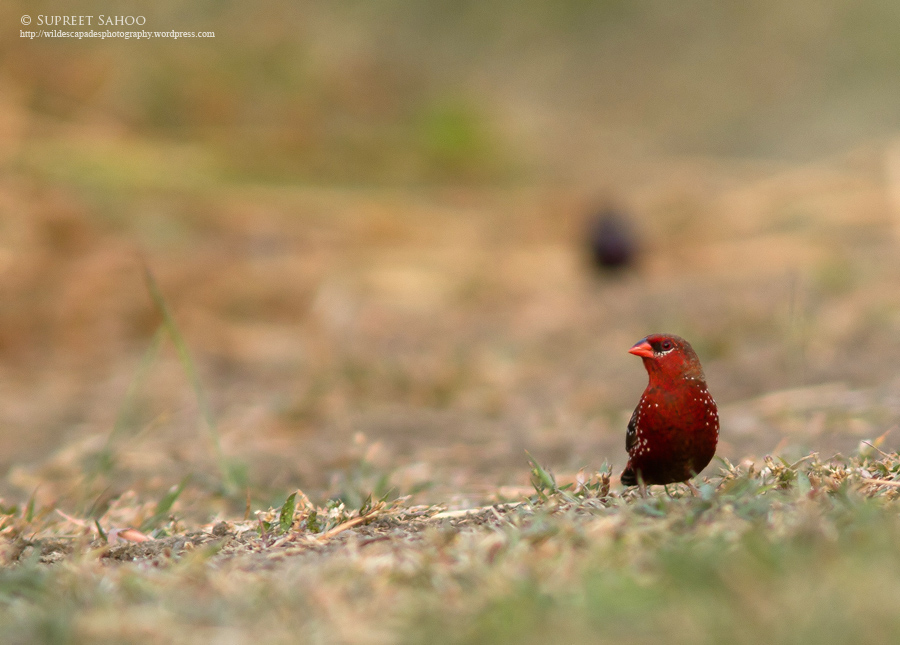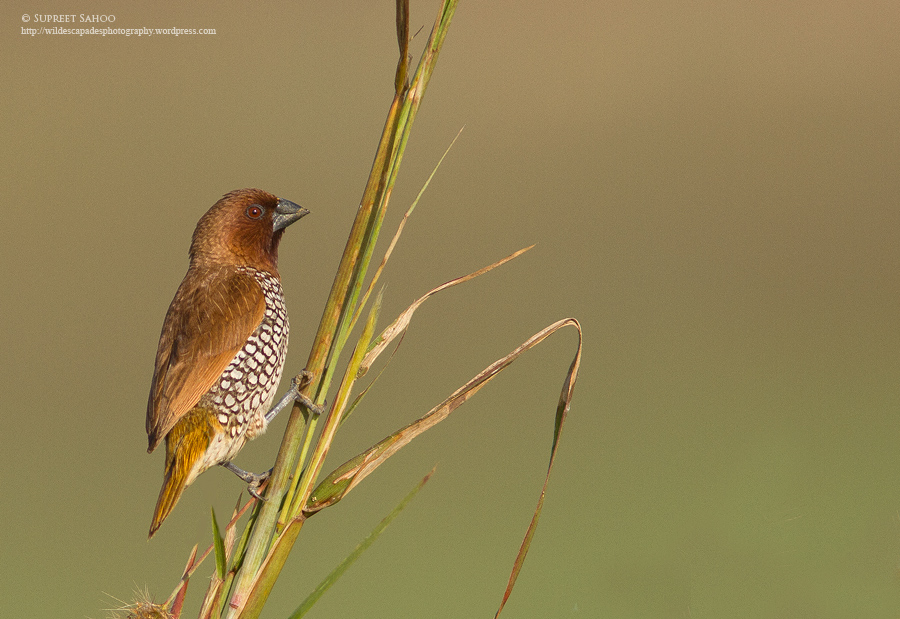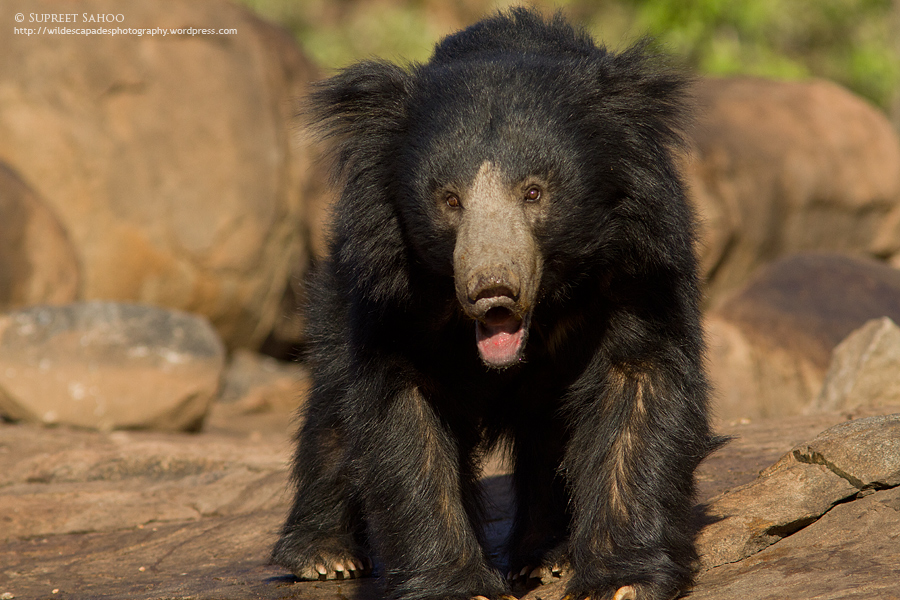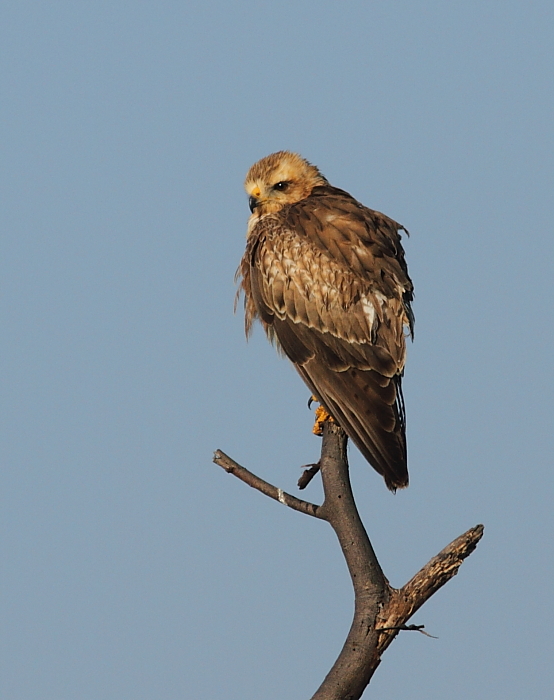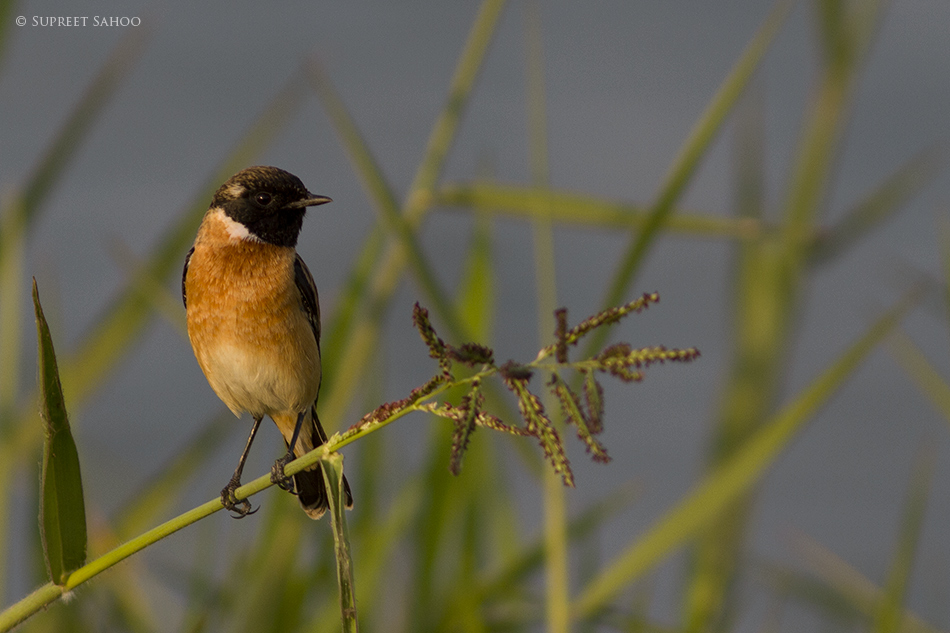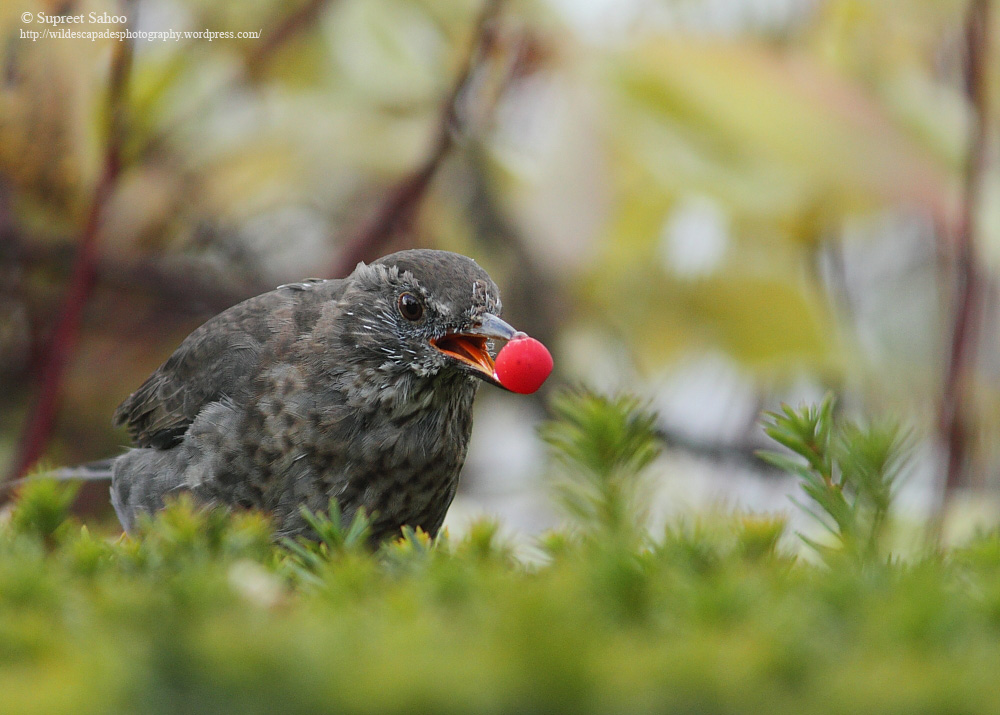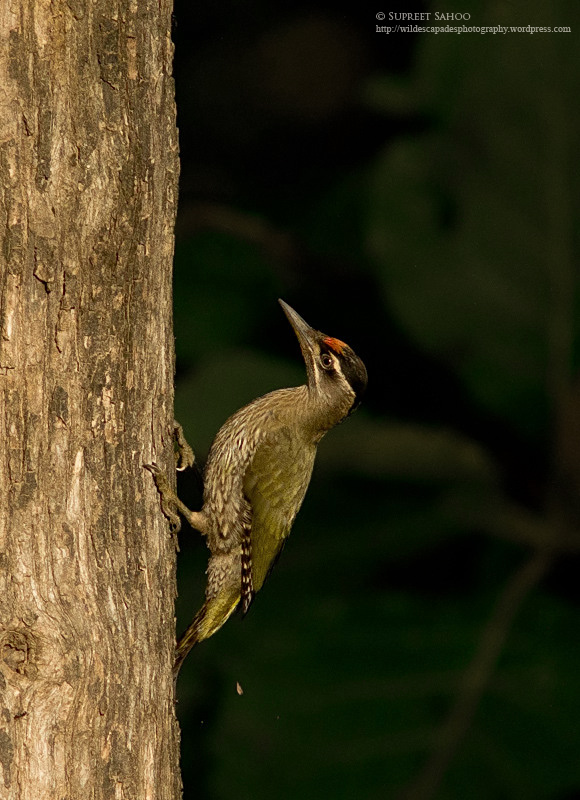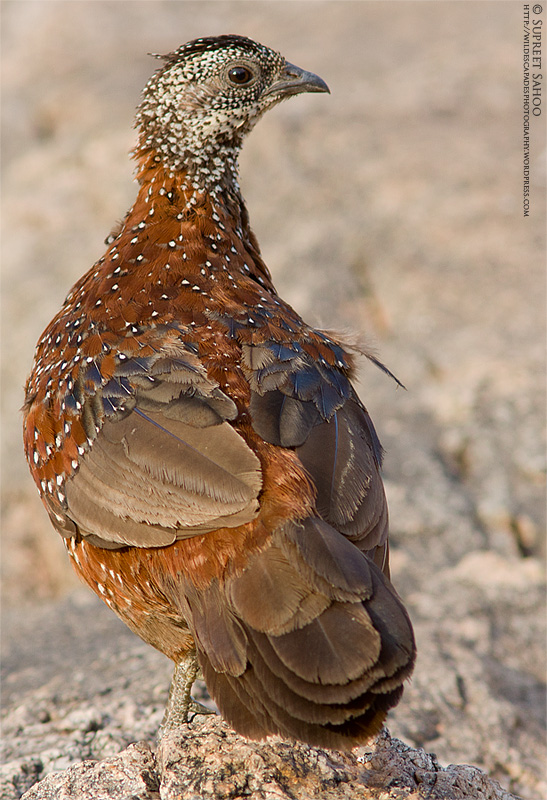About me: A regular employee in the IT industry with a really interesting hobby – birdwatching. My intention is to create a photoblog of the avian/mammals species that i have recorded on camera and get genuine critique of my work. In the coming months I also intend to spread the awareness of wildlife and how it helps us to create a balance in the natural environment through awareness activities across schools and other educational institutions.
Equipment: Canon 7D Canon EF 300mm f/4.0 L IS USM Canon EF 1.4X II Extender Canon EF 50mm f/1.8 II Olympus Trooper 10×50 DPS 1 Binoculars
Note: Click on image to see full size version. All images are copyrighted. Please contact me if you intend to use them for publication etc.


A record for species comparison. Spotted vs Barking deer.




The gentleman here is bhraminy kite and are usually found close to water bodies.








A young male Paradise Flycatcher shot in the outskirts of Pune- India


